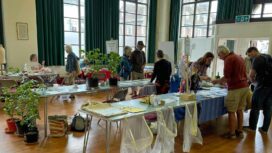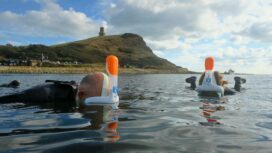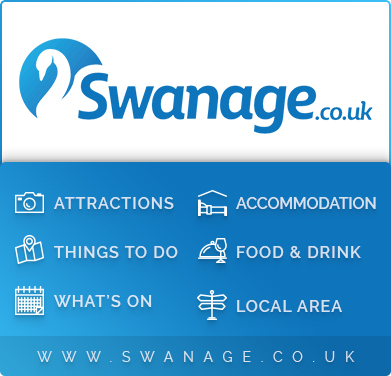Rare species of plants and creatures that rely on the sand dunes in Studland for their habitat are being threatened as gorse, heather, and trees take over but now there’s a plan to restore the dune landscape and improve the environment.
Today, Monday 31st August 2020, the team from the National Trust will be at Shell Bay in Studland in their pop-up dune den to explain all about their three year project to reduce the vegetation that has taken over large areas of the dunes and the various tactics that are being employed to create larger patches of bare sand.
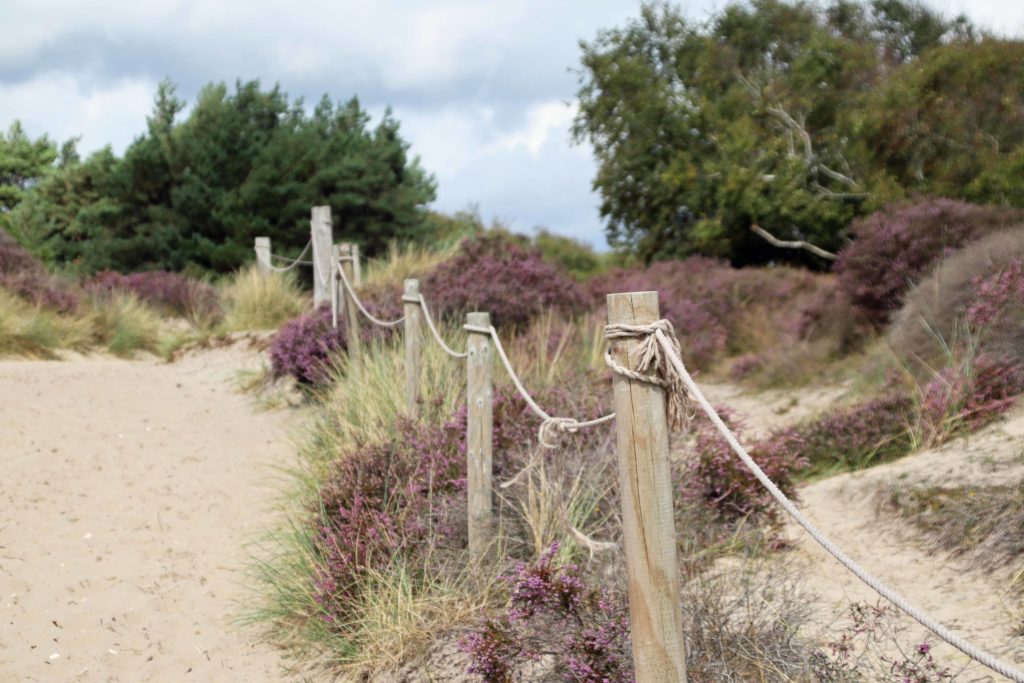
Encourage children to explore and enjoy the sand dunes
One of the ways is to encourage children to explore and enjoy the sand dunes. In the past many areas were roped off to protect them but it had the opposite effect as the absence of feet reducing the growth of vegetation allowed the gorse to take over.
Now there’s going to be an active policy of allowing people to run over the area making new paths – adults included as well! However it will be carefully managed to be mindful of different breeding seasons.
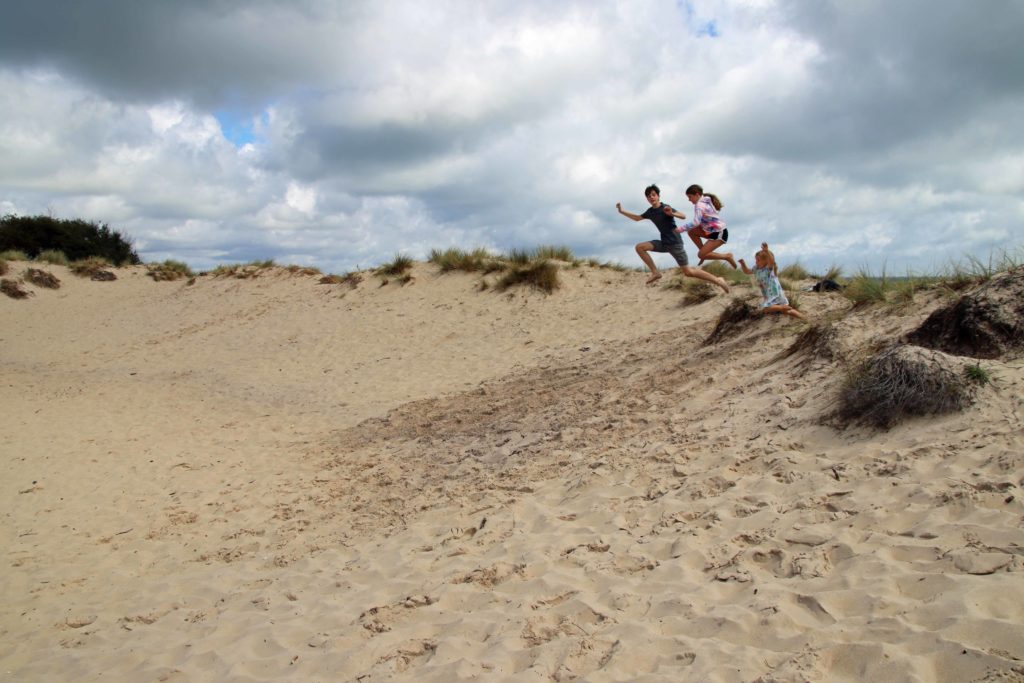

Children playing in the dunes but in some areas the sand has been completely overgrown with gorse, heather and trees
Next year 10 Red Devon cows will start grazing the dense vegetation
The second approach will be to allow cows to graze on part of the dunes. Next year in summer 2021, 10 Red Devon cows will arrive in Studland and start grazing the dense vegetation at the centre of the dunes, hence naturally removing new growth.
The third and most direct way will be to use a tractor and mechanical excavator to clear sections by removing the topsoil down to the sand layer below.

Dynamic Dunescapes engagement officer for the National Trust at Studland, Julia Galbenu
“We’re not trying to make the area into a huge sandpit”
Spearheading the plan is Julia Galbenu, the Dynamic Dunescapes engagement officer. She explained:
“We’re not trying to make the area into a huge sandpit but to restore the balance between the vegetation and the sand. In the 1930s about 30 percent of the area was sand, now it’s only three percent. Ideally we’d like to get it back to 15 percent. Many threatened species rely on bare sand to mate, lay eggs and to survive.”
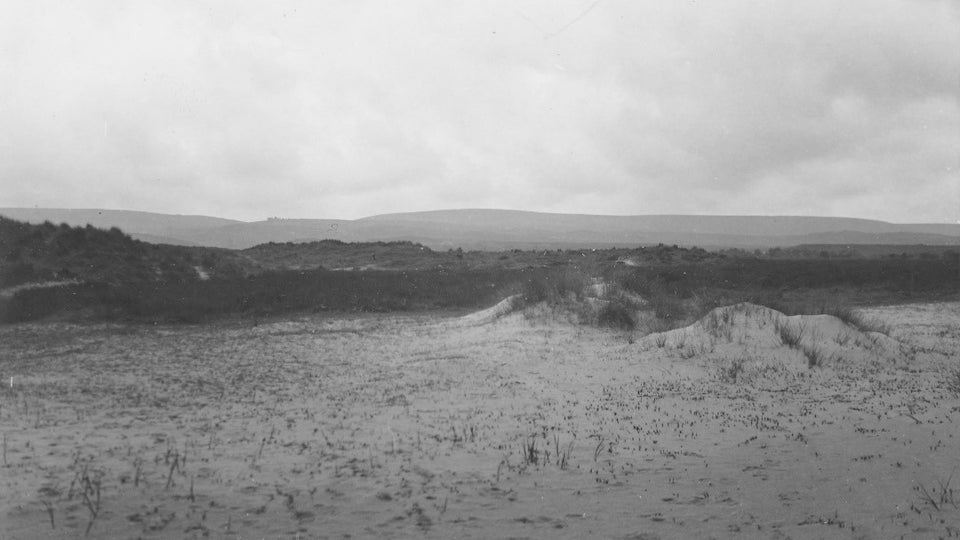

The same area of the dunes in Studland pictured in the black and white photo in 1936 with sand clearly visible and below, later in 2014 with the sand covered in vegetation
The sand lizard, meadow pipit and the earthtongue fungus
Over 4,500 species have been recorded in Studland and 10 per cent are rare and threatened species. Of particular concern are the sand lizard, meadow pipit and the earthtongue fungus, that are being pushed to the edges of the dunes, where open sandy patches remain.
The Dynamic Dunescapes project will also remove the carp fish that were illegally put into the freshwater lake that lies within the 220 hectares dune system. The lake called Little Sea has experienced ecological collapse since their introduction and the project will pay for them to be removed.

Illegally introduced carp will be removed from Little Sea
Habitat most at risk in the whole of Europe
The problem of the decline of the dune landscape is not only occurring at Studland but across Europe as well. It’s so severe that sand dunes are now designated as the habitat most at risk in the whole of Europe.
With climate change bringing warmer and wetter spring weather and air pollution increasing the level of nitrogen deposited from the air into the soil, the gorse, heather and trees are all thriving encouraged by the improved growing conditions. Now the tide is being turned in order to save the dune landscape.

“You can feel as if you are out in the wilderness”
Julia Galbenu, who studied biological sciences at Oxford University and has widened her knowledge by travelling and teaching in various parts of the world, says that the best way to help restore the damage is to make everyone aware of the problem in the first place. She said:
“I’m completely in love with nature – reading and writing about it. I absolutely love chatting to people about how special it is in Studland. When you are out in the middle of the dunes you can feel as if you are out in the wilderness – I really want more people to experience that feeling. It’s then that people will want to help protect it too!”


